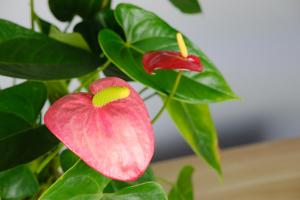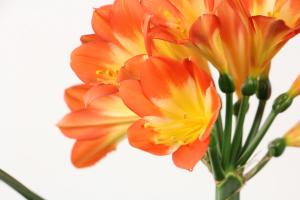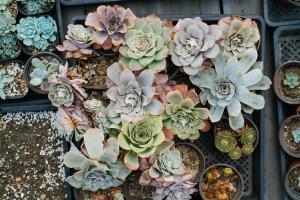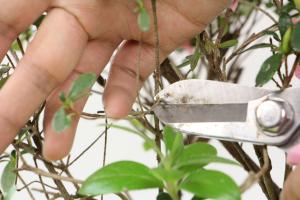How to model potted plants in Blender
If you're interested in adding some greenery to your digital scenes, learning how to model potted plants in Blender is a great place to start! In this article, we'll walk you through the steps of creating your very own 3D potted plant model.
Step 1: Set up your reference images
Before you start modeling, it's important to have some reference images to work from. Find some pictures of the plant you want to model and set them up as background images in Blender. To do this, go to the Properties panel, click on the Background Images tab, and then click Add Image. You can then adjust the opacity and position of the images in the 3D viewport until they're just right.
Step 2: Create the basic shape of the pot
Start by creating a cylinder in Blender. This will be the base for your pot. Scale the cylinder to the appropriate size, and then use the loop cut tool (shortcut: Ctrl + R) to create a ring of edges around the top of the cylinder. Extrude these edges upwards to create the walls of the pot.
Step 3: Add details to the pot
Now that you have the basic shape of the pot, it's time to add some details. Use the loop cut tool again to create another ring of edges around the pot, closer to the top. Extrude these edges inwards to create the lip of the pot. You can also add texture to the pot by adding a material and a texture to the object. Try experimenting with different materials and textures to get the look you want.
Step 4: Create the plant
It's now time to create the plant itself. Start by modeling the stem using a cylinder or a bezier curve. Add some loops to the stem and extrude them to create the branches. For the leaves, you can create a plane and then use the sculpting tools to give them a more organic shape. You can also create bumps or veins on the leaves using textures or sculpting.
Step 5: Add the finishing touches
Now that you have your potted plant model, it's time to add some finishing touches. You can add some particles to create soil or pebbles around the base of the pot. You can also add more detail to the leaves or the stem using the sculpting tools. Once you're happy with how your model looks, you can add some lighting and render out a final image.
Conclusion
Modeling potted plants in Blender can be a fun and rewarding experience, and it's a great way to add some life to your digital scenes. With the right reference images and some patience, you can create a beautiful and realistic 3D potted plant model that will impress your friends and colleagues.

 how many times do yo...
how many times do yo... how many planted tre...
how many planted tre... how many pine trees ...
how many pine trees ... how many pecan trees...
how many pecan trees... how many plants comp...
how many plants comp... how many plants can ...
how many plants can ... how many plants and ...
how many plants and ... how many pepper plan...
how many pepper plan...
































